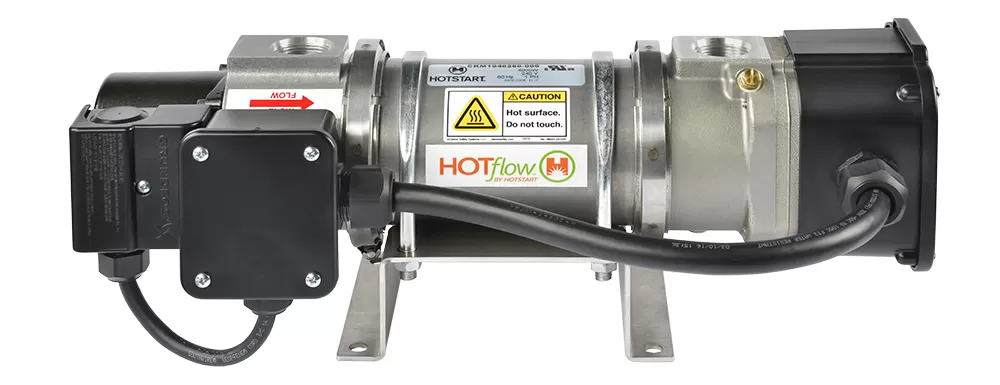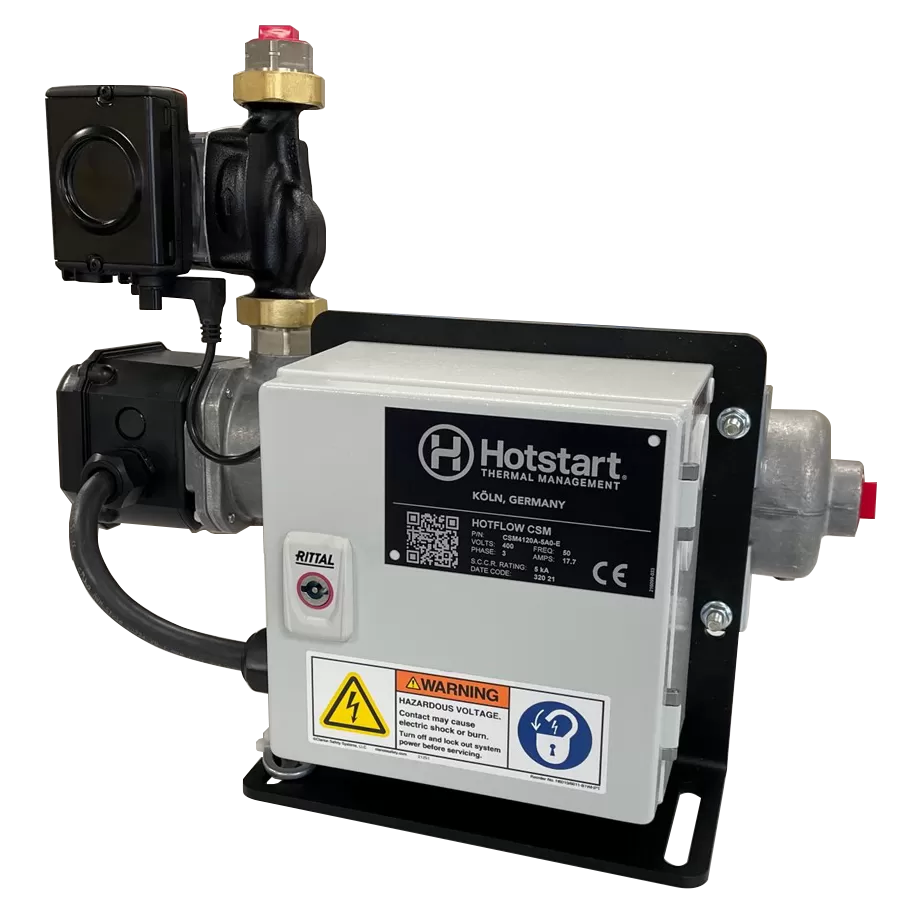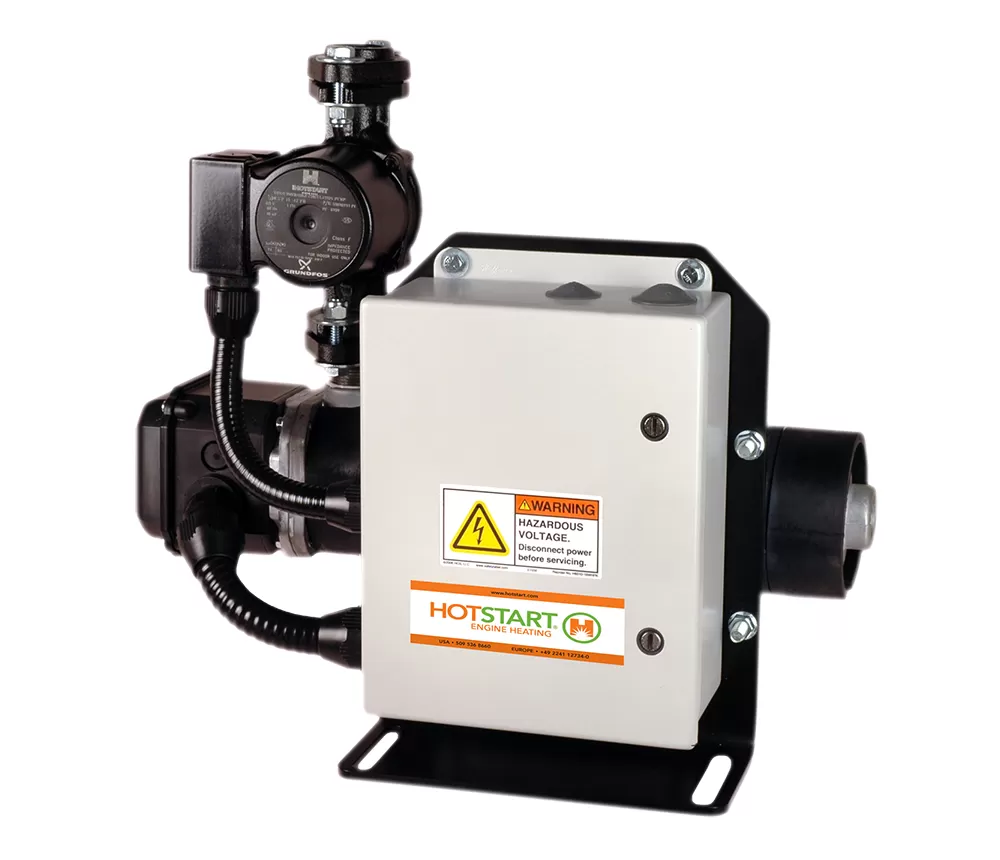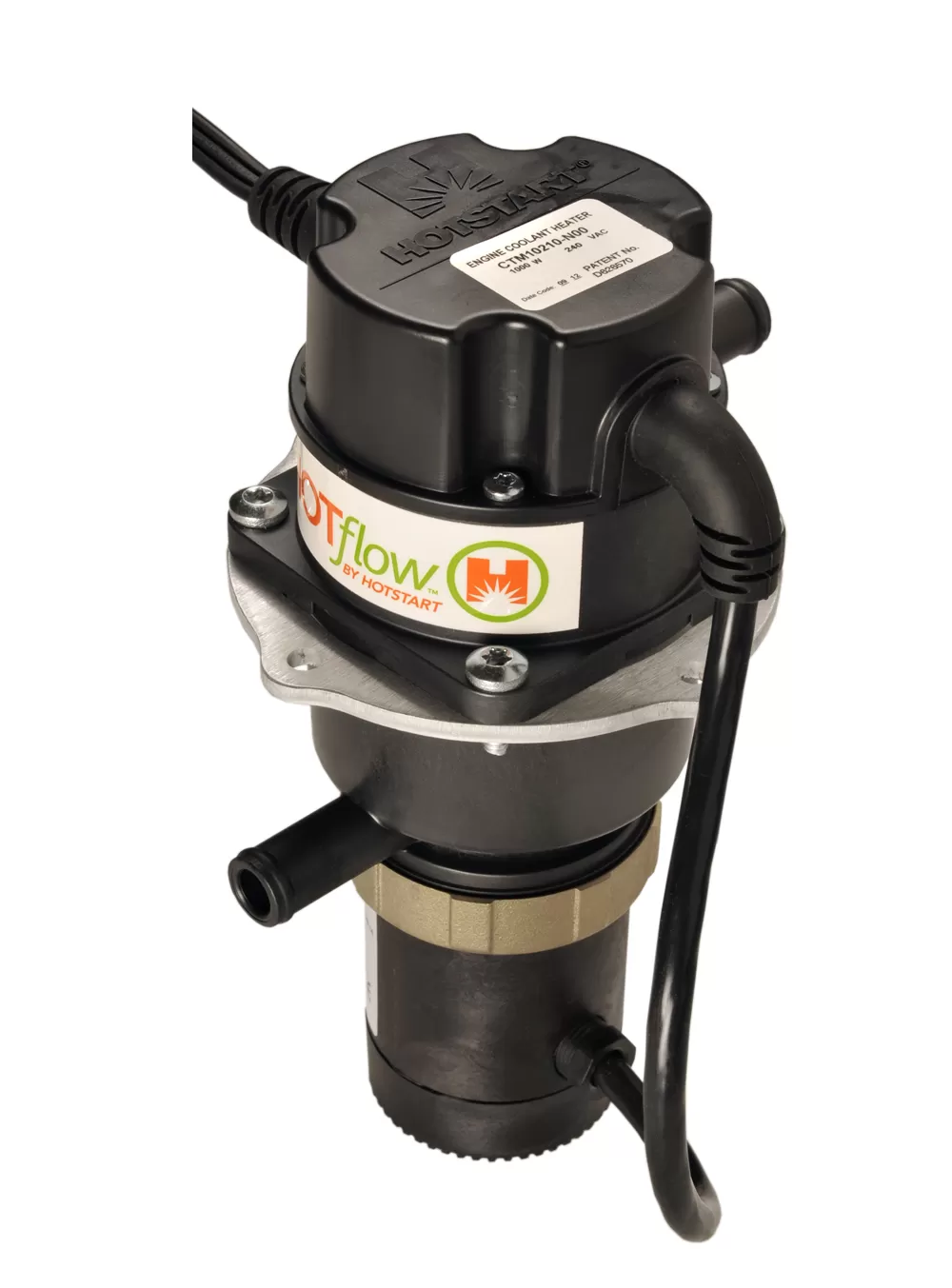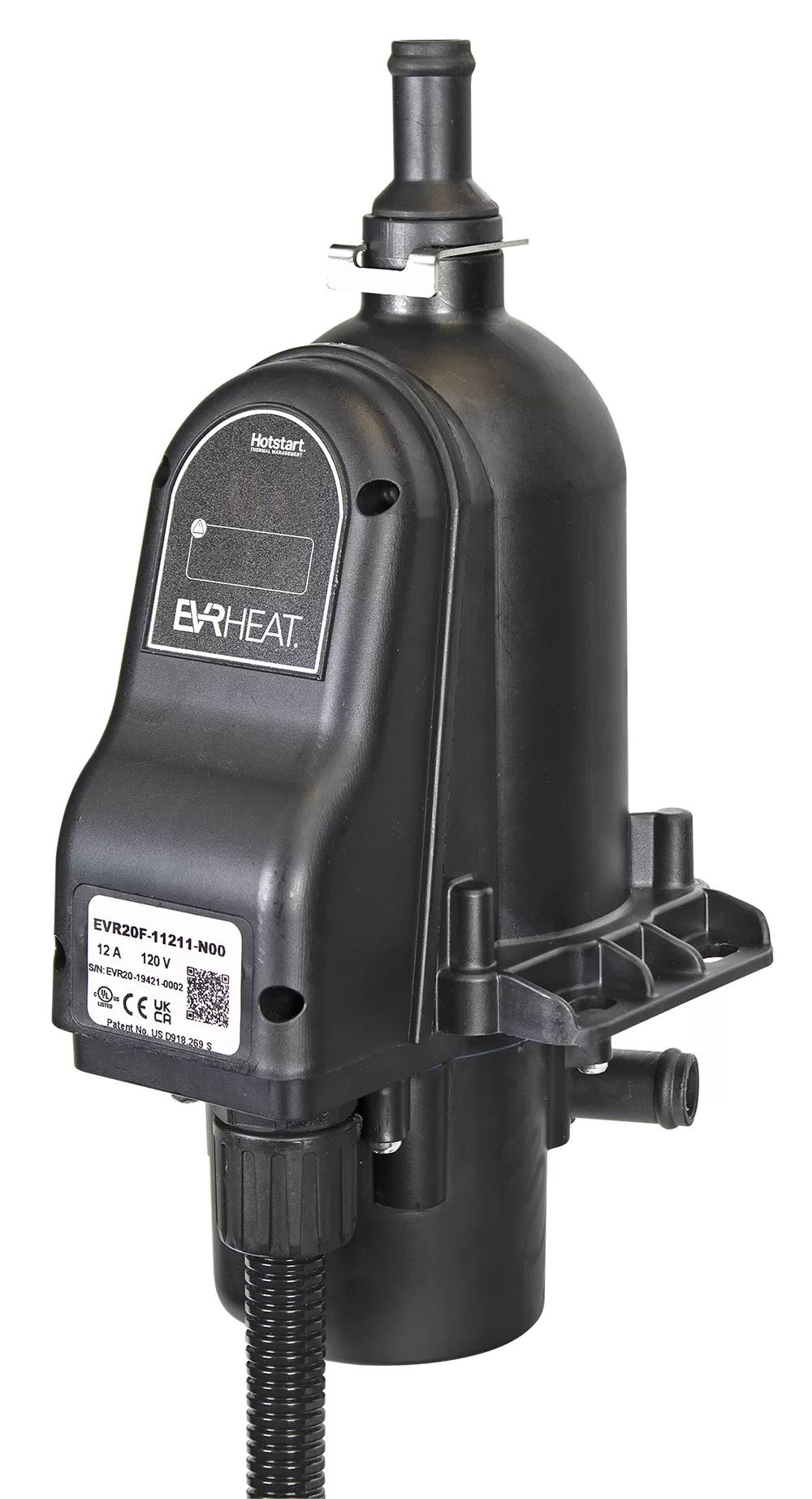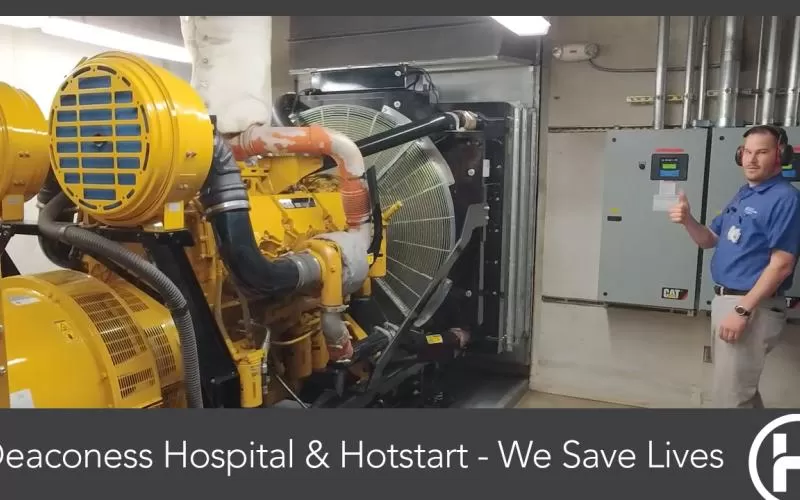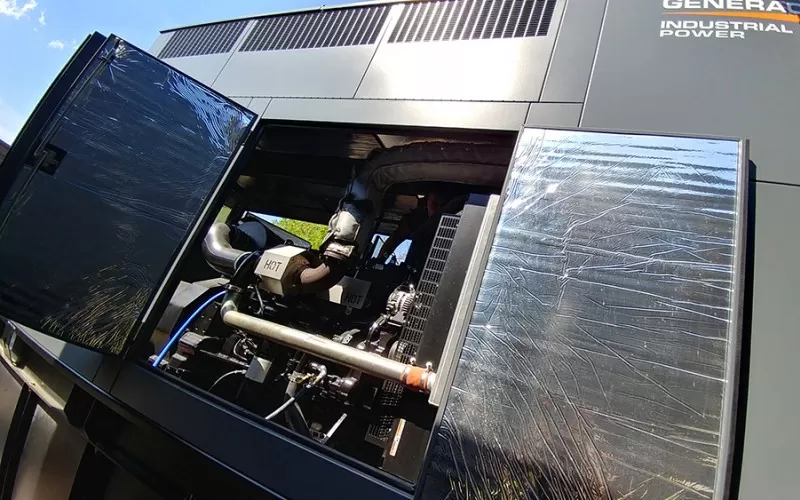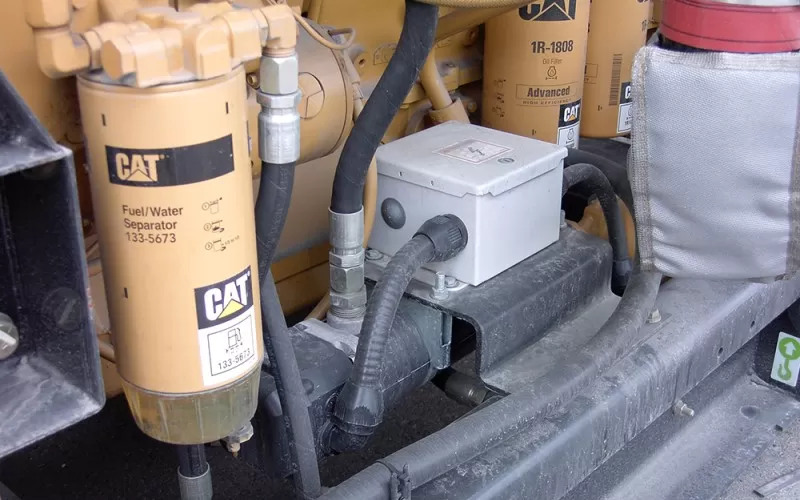Our daily lives depend on having power readily available 24 hours a day, seven days a week. Data centers, hospitals, municipalities, universities, and other critical facilities depend on backup generator power for uninterrupted operation. In the event of an outage, emergency standby generators must start and accept full load power within ten seconds. By continuously heating the coolant in the engine's block during standby mode, Hotstart heating systems keep generators ready to start. Ensure your facility is ready to stay powered when it matters most with Hotstart heaters.
For 500 watt and smaller generators, Hotstart offers a wide range of heating solutions including convection-based and pump-driven options. For generators 1 MW and larger, Hotstart offers high efficiency heat pump systems to reduce operating costs.
Applications
A data center outage for any duration can be incredibly costly — impacting revenue and exposing facilities to potential hardware failure and security threats. To mitigate outage risks from a grid power failure, facility managers rely on multiple onsite generators at each location. However, generators can impact sustainability efforts by being an unexpected source of energy consumption due to coolant heating requirements. Hotstart’s High Efficiency Heat Pump keeps generators ready to start while reducing overall energy consumption during the generator’s idle hours.
Utilizing proven air-source heat pump technology, Hotstart’s High Efficiency Heat Pump maintains a generator’s ideal water jacket temperature during standby mode at a lower cost than a traditional engine heater. Generators 1MW and larger retrofitted with a Hotstart heat pump can see savings of 20,000 – 40,000 kWh* annually per generator. As the heat pump is installed redundantly with an existing engine heater, it also supports overall data center resiliency. Data centers with multiple backup generators can realize immediate and significant savings by upgrading to a Hotstart High Efficiency Heat Pumps.
*Savings dependent on existing heater, ambient temperature, and engine size.
Reliable, easily available power is essential for everyday life. The only time we notice an issue with power is when it's not there. Backup power generators are the answer for emergency on-site power. Keeping generators heated during standby mode ensures gensets start quickly and immediately take full load power in emergencies.
Prime power generators satisfy power demands during peak energy hours. Seamless transitions from grid to generator power are essential for supplementing grid power during peak shaving or base loading. Heating generators during standby mode keeps the engine prepped for easy starts and ready to accept full load power.
Fire protection systems are an integral part of a fire suppression sprinkler system and critical infrastructure for building safety. NFPA 20 standards for fire pump diesel engines require the water jacket to be maintained at 120 °F (49 °C) to ensure reliable starts. Hotstart has a range of thermostatically controlled heaters that maintain the required temperature.
Case Studies
In the generator set market, forced circulation heating systems are often touted as being a forward-thinking, environmentally friendly, high-efficiency alternative to the traditional thermosiphon engine heater. However, these claims often lack quantitative evidence. Facilities managers, tasked with purchasing engine heating systems for data center generators, must then decide whether the high efficiency claims of a forced circulation system outweigh the inexpensive and uncomplicated legacy technology of the thermosiphon heating option.
Download this case study detailing real-world comparison testing of Hotstart's HOTflow® forced circulation heaters vs thermosiphon heaters in a data center environment.
Engine heating provides essential benefits to organizations that rely on onsite power generation. However, an inefficient heating solution can slowly sap away time and money through high electrical costs, frequent repair costs, or hoses and plumbing replacement.
Learn more about potential performance and efficiency benefits in our comparison testing of the EVRHEAT Series 20 vs comparable thermosiphon and forced circulation heating systems.
Engine heating provides essential benefits to organizations that rely on onsite power generation. However, an inefficient heating solution can slowly sap away time and money — in the form of excessive electrical costs, frequent repair costs or replacement of hoses and plumbing.
Learn more about potential performance and efficiency benefits in our comparison testing of the HOTflow CTM vs comparable thermosiphon heating systems.
HOTflow vs Thermosiphon Energy Efficiency Comparison Case Study
Whitepapers
As power usage effectiveness (PUE) at data centers garners more scrutiny in both Europe and the Americas, standby generation systems are one area to investigate for scalable energy reductions. This whitepaper discusses using alternative standby power generator heating systems, such as air-source heat pumps, as a PUE reduction strategy plus other benefits air-source heat pumps can provide.
Data Center Energy Optimization Strategy for Standby Generation
Energy Efficiency Calculator
Upgrading a thermosiphon engine heater to an energy-efficient pump-powered heater can result in lower power consumption, meaning direct savings for your operation. Hotstart's energy efficiency calculator will help you estimate the potential savings with a HOTflow engine heater. Simply enter your fuel consumption rate, engine displacement in liters or cubic inches, and estimated annual engine running time to calculate how much you can save*.
*Savings shown are estimations only. Actual savings on heaters dependent on application, installation and local utility rates.

